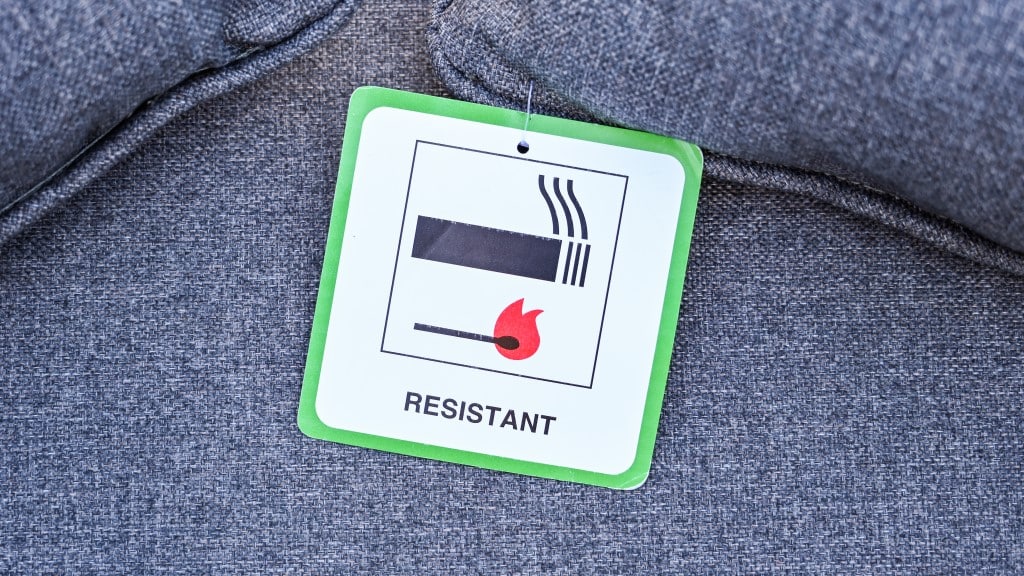New research challenges UK’s furniture fire safety standards
- April 11, 2024
- 10:17 am


Iain Hoey
Share this content
Study exposes weaknesses in UK furniture fire safety regulations
A new study by The University of Central Lancashire, led by Professor Richard Hull, has uncovered potential shortcomings in the current UK regulations for the fire safety of upholstered furniture.
The research identifies significant variations in the fire hazards posed by furniture composites that comply with existing rules, despite the UK’s stringent furniture flammability regulations.
This study highlights the extensive use of chemical flame retardants in furniture, making up to 10 or 20% of a standard domestic sofa’s composition.
These chemicals, which can leach out into household dust and the environment, are linked to serious health risks such as cancer, intellectual disability, reproductive toxicity, and endocrine disruption.
The research also notes that most fire fatalities are caused by the inhalation of toxic smoke from fires involving upholstered furniture.
The health and environmental risks of chemical flame retardants
The study examined various materials, including those treated with brominated flame retardants (BFRs), tris(chloropropyl) phosphate (TCPP), low-toxicity expandable graphite coatings, and untreated substances.
Findings showed that fabrics and fillings treated with BFRs and/or TCPP released significantly higher levels of carbon monoxide, hydrogen cyanide, and other toxic smoke compounds in fire scenarios.
Professor Richard Hull commented: “The research that we have conducted raises the question of why flame retardants which do not improve fire safety are still being added to furniture.”
Calls for regulatory reform in light of new findings
The revelation of these findings has led to calls for urgent regulatory reform to address the fire risks associated with upholstered furniture more effectively.
The study argues against merely adding more flame retardants to meet regulatory requirements, advocating for a more balanced approach that enhances fire safety while minimising exposure to harmful chemicals.
The Office for Product Safety and Standards (OPSS) is currently reviewing feedback from stakeholders, highlighting the need for immediate action in response to the research’s findings.
Professor Hull further expressed concern over the current use of flame retardants in furniture: “Despite the regulations in place in the UK on fire safety, the proportion of fire fatalities resulting from smoke inhalation must still be addressed.
“The flame retardants used in furniture not only toxify household dust and the environment, but also make fire smoke much more toxic.”
IFSJ Comment
The University of Central Lancashire‘s research into the fire safety of upholstered furniture has unveiled critical insights that challenge the efficacy of current UK regulations.
By shedding light on the health and environmental hazards posed by chemical flame retardants, this study serves as a crucial call to action for regulatory bodies, manufacturers, and stakeholders across the fire safety and furniture industries.
It underlines the need for a reassessment of fire safety standards to prioritise both human health and environmental well-being.
As the UK considers this new evidence, the outcomes could lead to significant shifts in fire safety regulations, impacting the manufacturing practices of upholstered furniture and the use of flame retardants.

